
By: Summer
Breastfeeding is not an easy thing for a new mom and her newborn. As a new mom you have never breastfed before and your baby was not born knowing how to breastfeed although some newborns look like they were. There is so much information that you need to learn and understand in order to be successful at breastfeeding.
Most people don’t understand that a newborns stomach in the first 24 ours is only about the size of a cherry. At about day three their stomach is about the size of a walnut and can hold anywhere between 22-27mL. Their stomach gradually increases in size and ability to hold more volume. By thirty days (on month) of age their stomach should be able to hold anywhere between 80-150mL. When they latch their newborn to the breast they have so much focus on if their newborn is getting enough colostrum. Within the first 24 hours you should expect your newborn to feed 8-12 times. There is no set time for feeding so you need to watch for feeding cues.
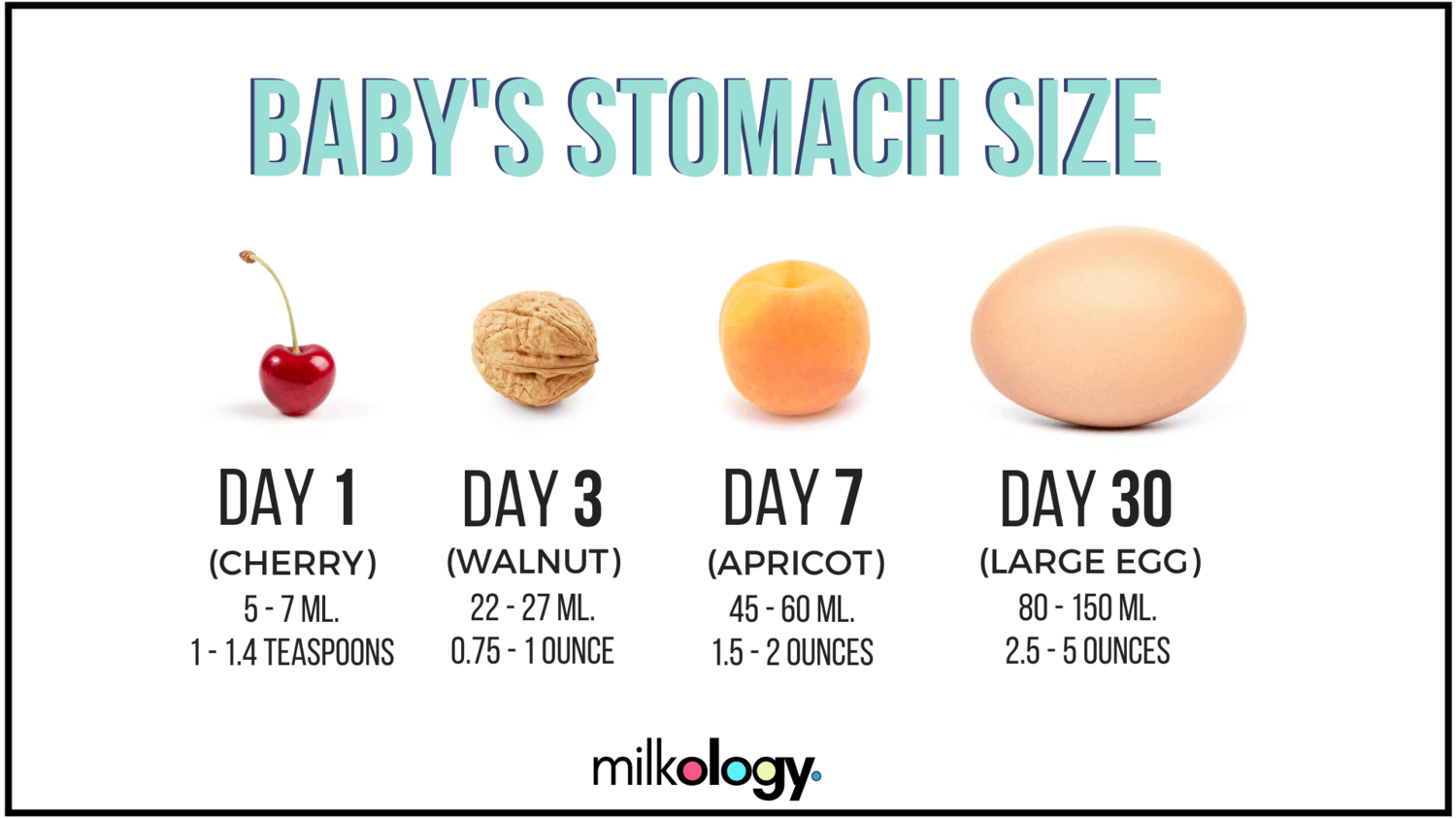
One important thing you need to learn about a newborn is their feeding cues. When studying your newborns behavior you will notice subtle cues that shows they are hungry like stirring around, opening their mouth and sticking their tongue out, and turning their head from side to side seeking/rooting. When you start to see your newborn stretching, moving around a lot, and putting their hand in their mouth they are really hungry. Late feeding cues are when your newborn is crying and turning red from crying and lots of movement.
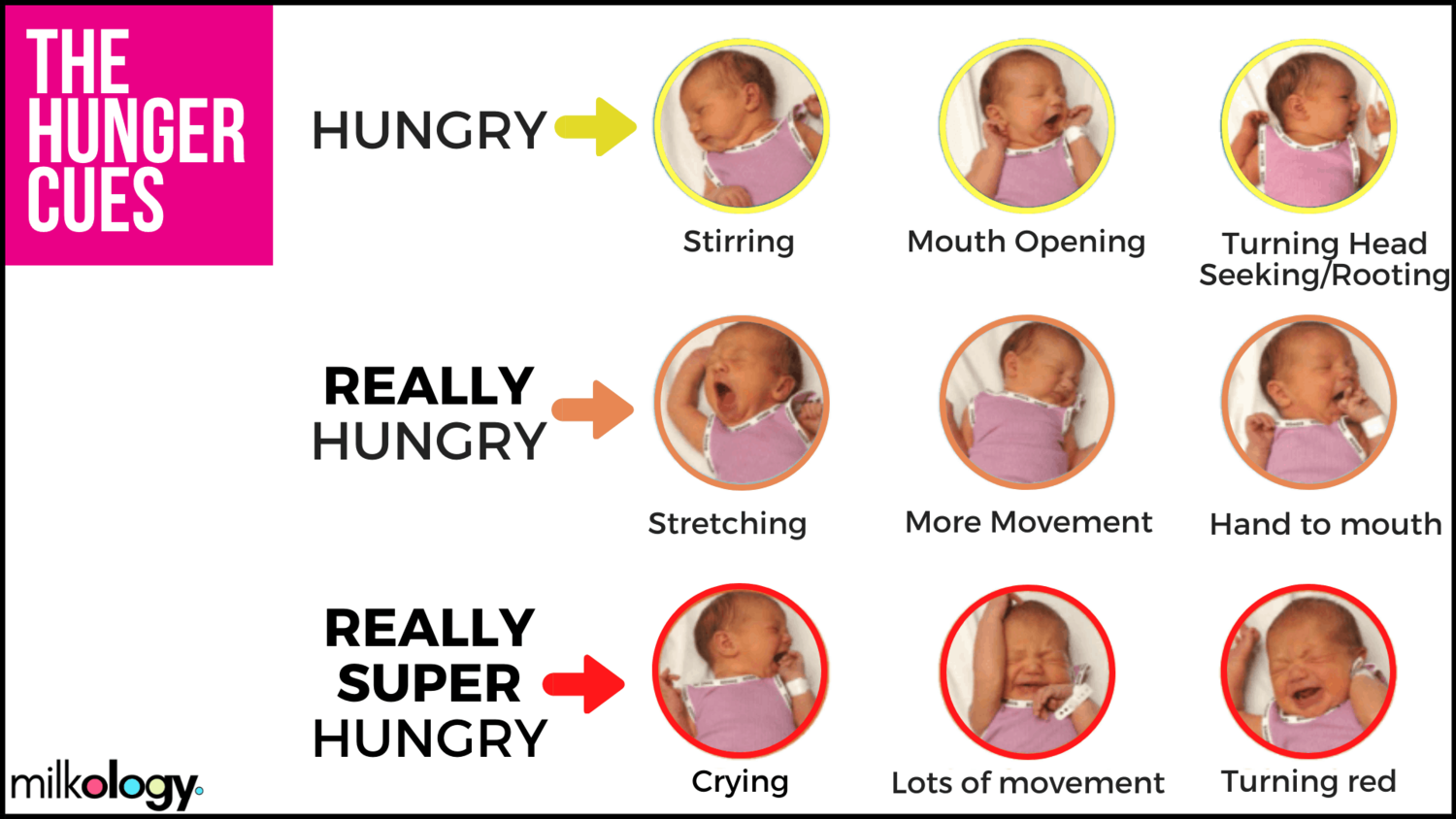
Some important things that you want to do within the first twenty-four hours of life are to establish the first latch within the first hour of life. Typically once your newborn is born, they are expressing feeding cues within ten minutes of life. You want to but your newborn skin to skin as you establish that latch. After a few successful feeds, it is not uncommon for a newborn to become sleepy and not want to feed for more than four hours. This is okay as long as your newborn does not show any signs of hypoglycemia (jittery when not disturbed, unable to wake). The first milk your baby receives when latched is called colostrum. Typically you produce a small amount which can be worrisome but it is very nutritious for your newborn. One other important thing you know is that it is not uncommon for your newborn to lose 7-10% of their birth weight while they are in the hospital. Typically your newborn is at birth weight or has exceeded birth weight by their two week well baby appointment.
One of the most common questions is, “How do I know my baby is getting enough to eat.” One of the most important things to notice is that your newborn is gaining weight. Another sign is that your breasts are feeling softer after each feed. You want to make sure that your newborn is peeing and pooping. On day one your newborn should have one pee and one poop. By day two they should have two pees and two poops, day three they should have three poops and three pees, after day four they should have three or more pees and three or more poops. The next sign that is important to pay attention to is your baby swallowing at the breast. One of the last signs is that your baby is satisfied after each feed.
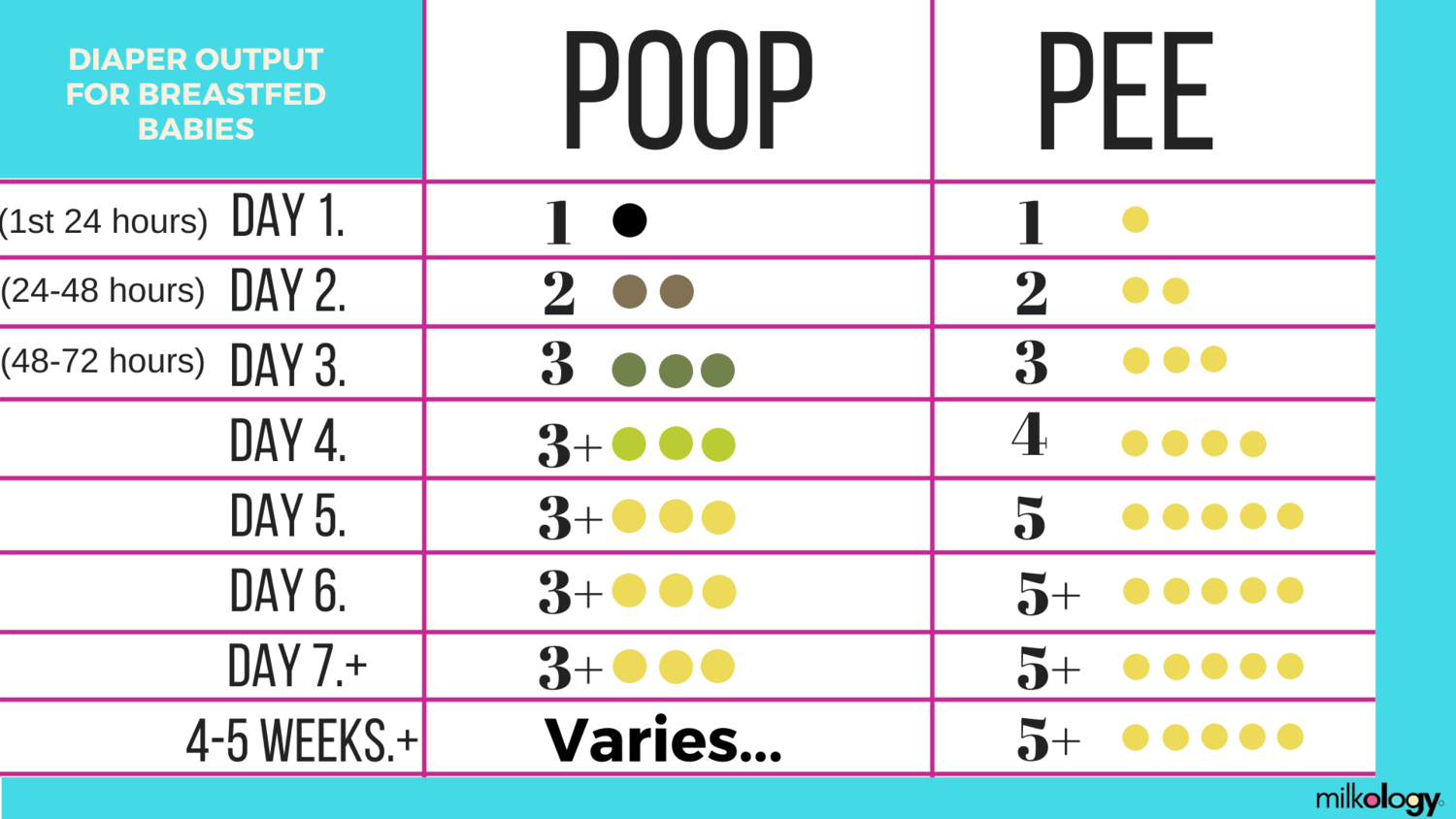
Another important question that is asked is about storing breast milk. Fresh breast milk (meaning it was just pumped) is good at room temperature (78F or lower) for 4 hours. Breast milk that has been thawed and left out at room temperature is only good for 1-2 hours. Breast milk that is stored in a cooler with a least 3 ice packs is good for twenty-four hours where breast milk that is stored in a refrigerator (40F or lower) is good for 4 days. Thawed breast milk that is stored in a refrigerator is only good for 24 hours. When you start to freeze your breast milk, a typical freezer keeps your breast milk good for up to six months but a deep freezer it good for six-twelve months. Once your thaw your breast milk, it is not safe to refreeze it.
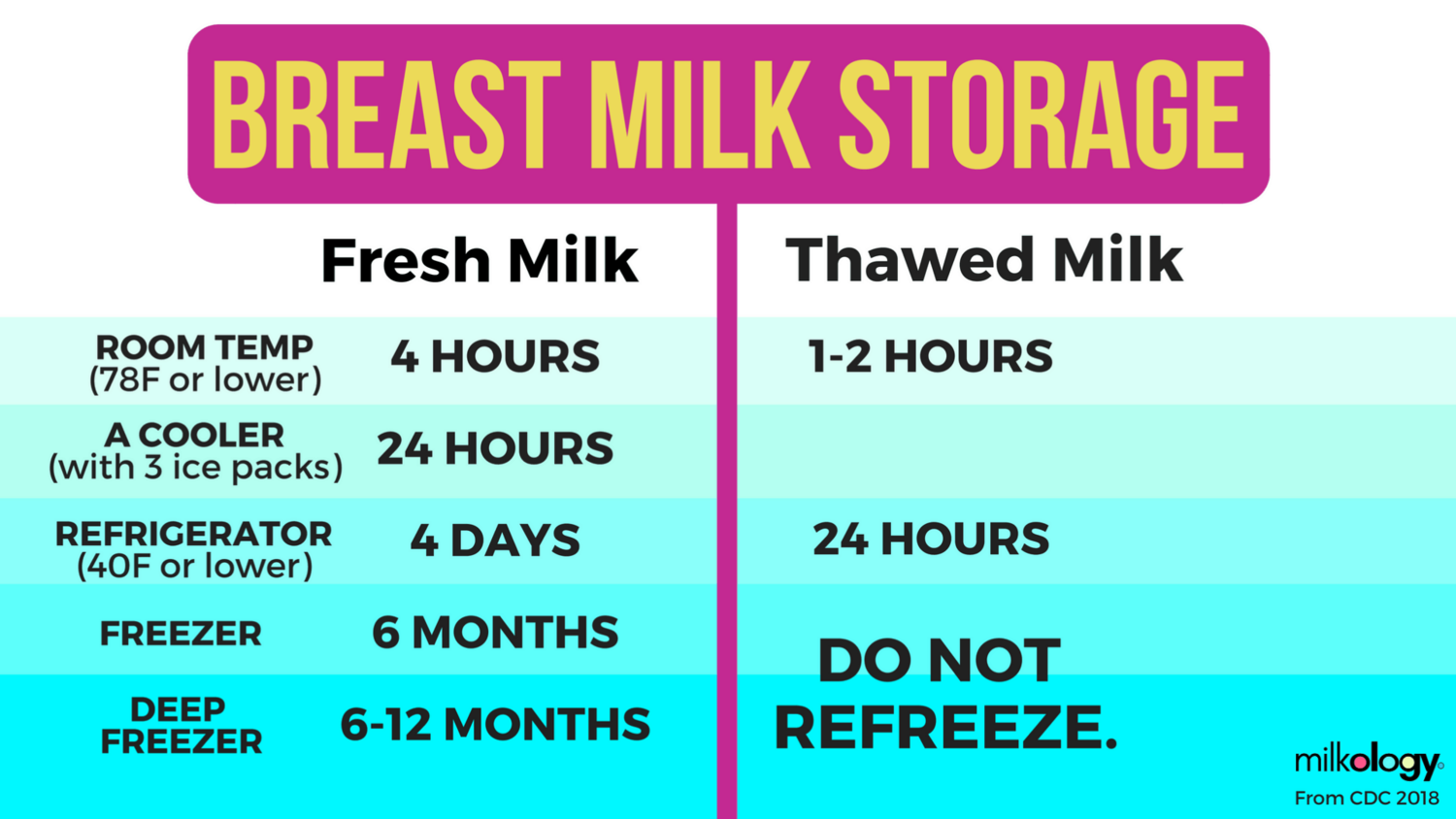
Here are some very important facts that you might not know as a first time mom. There are times where your baby might reject breastfeeding like when they are sick, teething, or not feeling their best. For the first few weeks after giving birth, breastfeeding will cause menstrual like cramps. Some medications are not safe to take while breastfeeding so you should always check with your healthcare provider. Breastfeeding can cause a lot of stress that sometimes develops into depression. Believe it or not, some women are not able to build enough of a supply to feed their baby and have to supplement.
The most common complications with breastfeeding are sore nipples, breast engorgement, plugged milk ducts, low breast milk supply, and overabundant supply of milk. For complications like this, it is important to meet and follow up with a lactation consultant so they can guide you through a better experience.
When it is time for your newborn to feed you want to make sure that you get yourself in a comfortable position because you could be feeding your newborn for a while. You want to make sure that the position your choose allows your newborn to get a good deep latch and keeps your newborn close to your body. There are countless positions you can try, it is important that the position your choose is comfortable for both you and your baby.
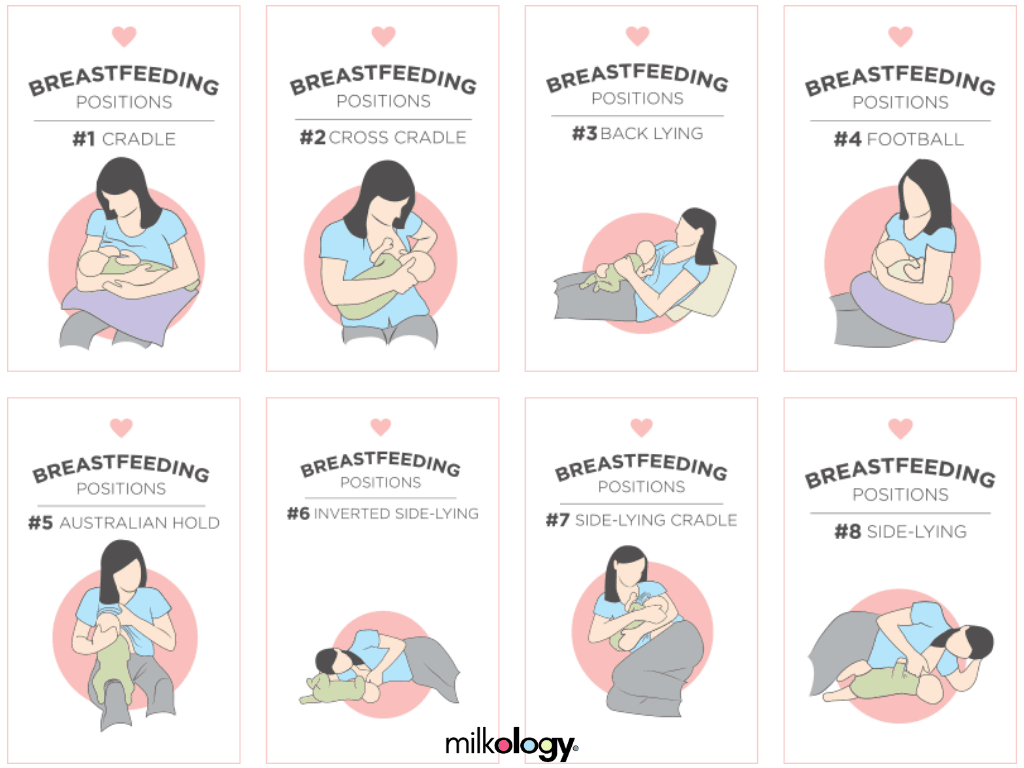
One of the last things that gets asked about is how you know your baby as a good latch. Well the latch should not be painful. Not even a little bit painful. Your baby should be tucked in close to your body and their nose should not be buried into your breast.
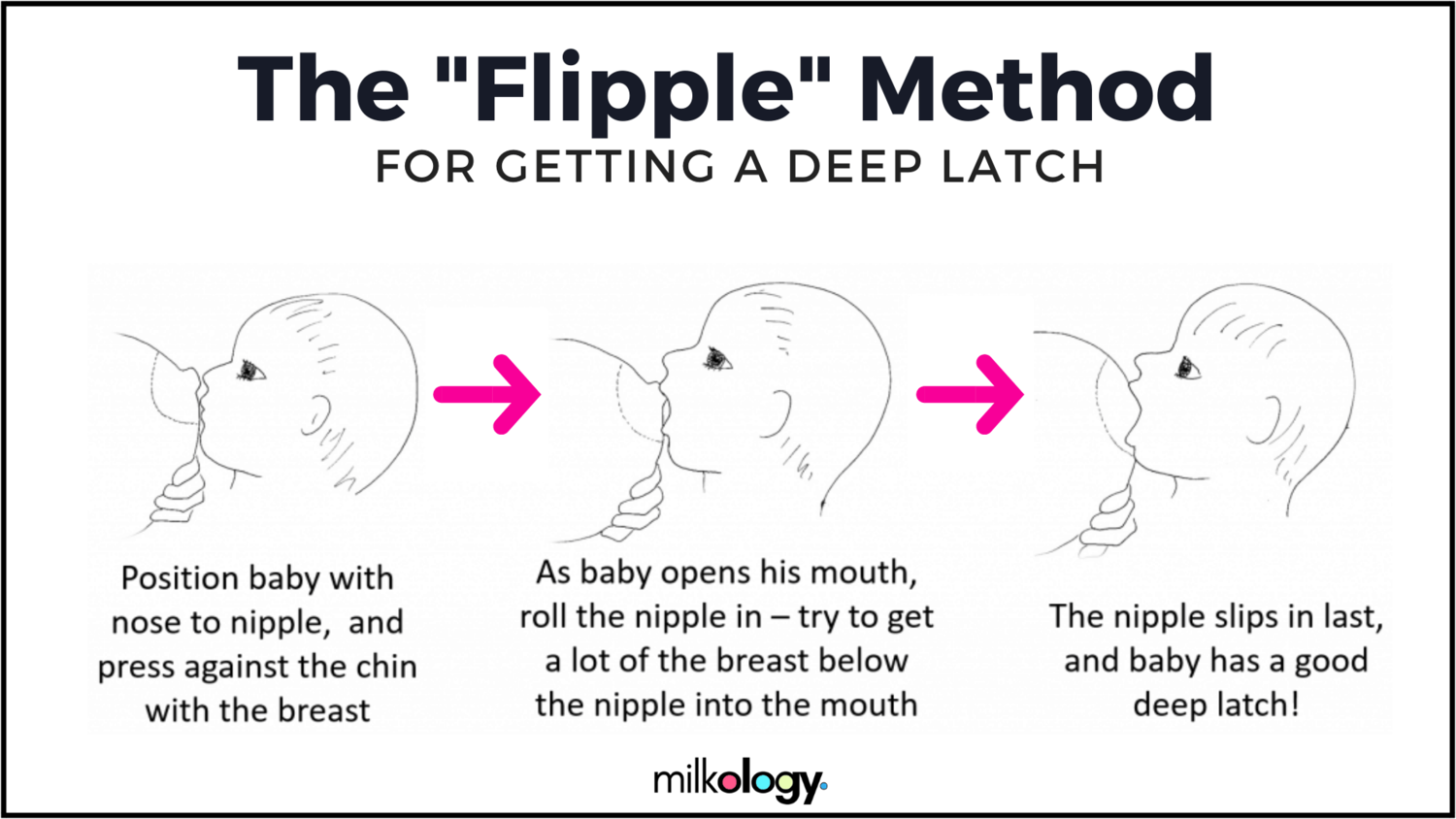
Below is a video of a lactation consultant meeting with a new mom and newborn that is having difficulties with latching.
References:
(2022). Breastfeeding Basics. WIC Breastfeeding Support. https://wicbreastfeeding.fns.usda.gov/breastfeeding–basics
(n.d.). Breastfeeding infograph. milkology. https://milkology.org/content/breastfeeding–infographics
(n.d.). Breastfeeding tips for beginners. Children’sHospital of Philadelphia. https://www.chop.edu/pages/breastfeeding–tips–beginners

